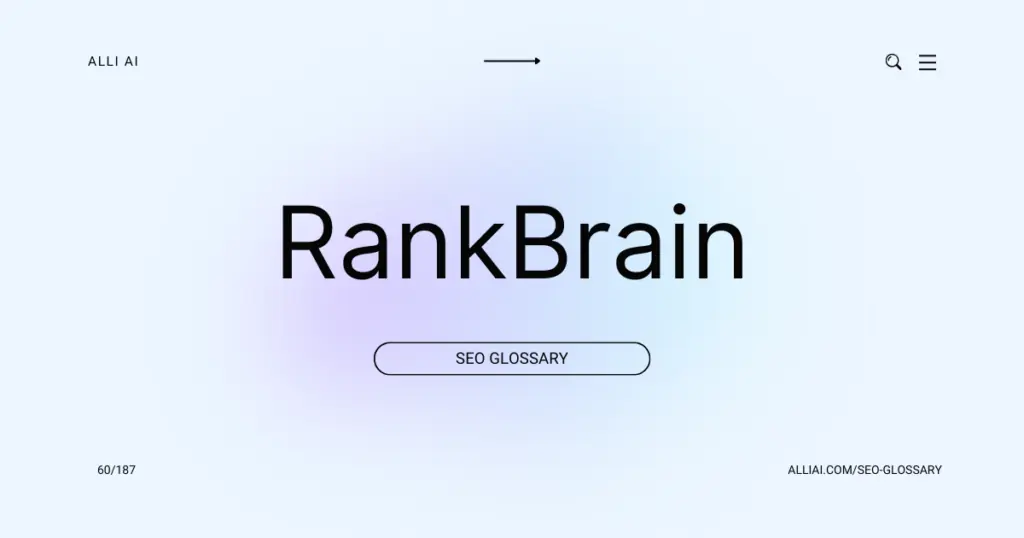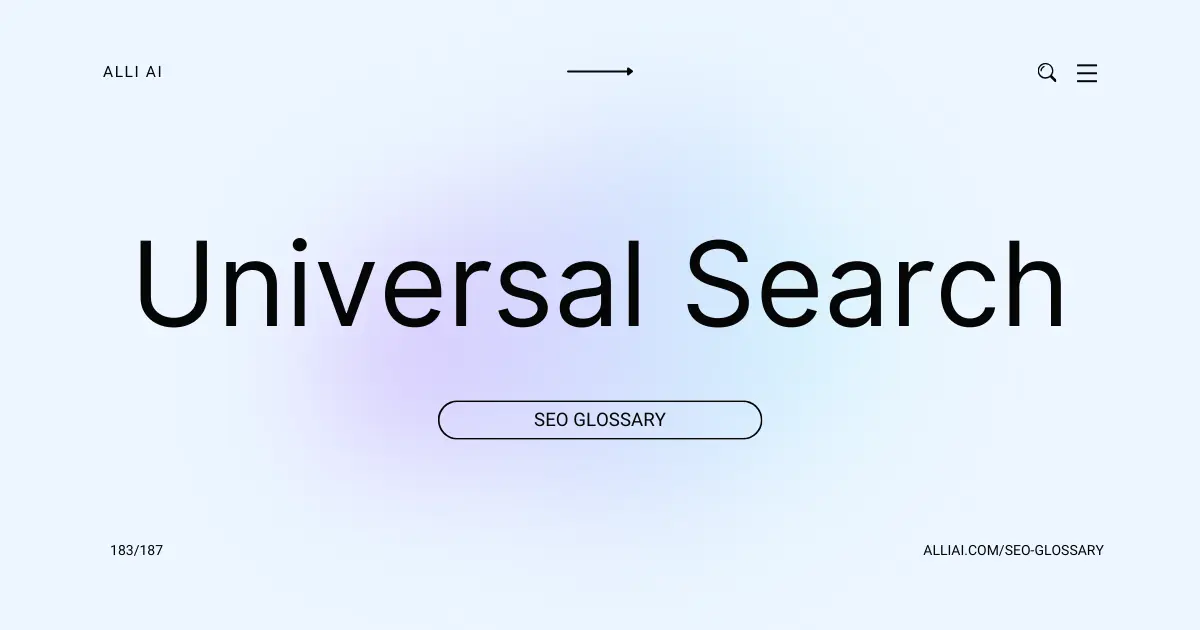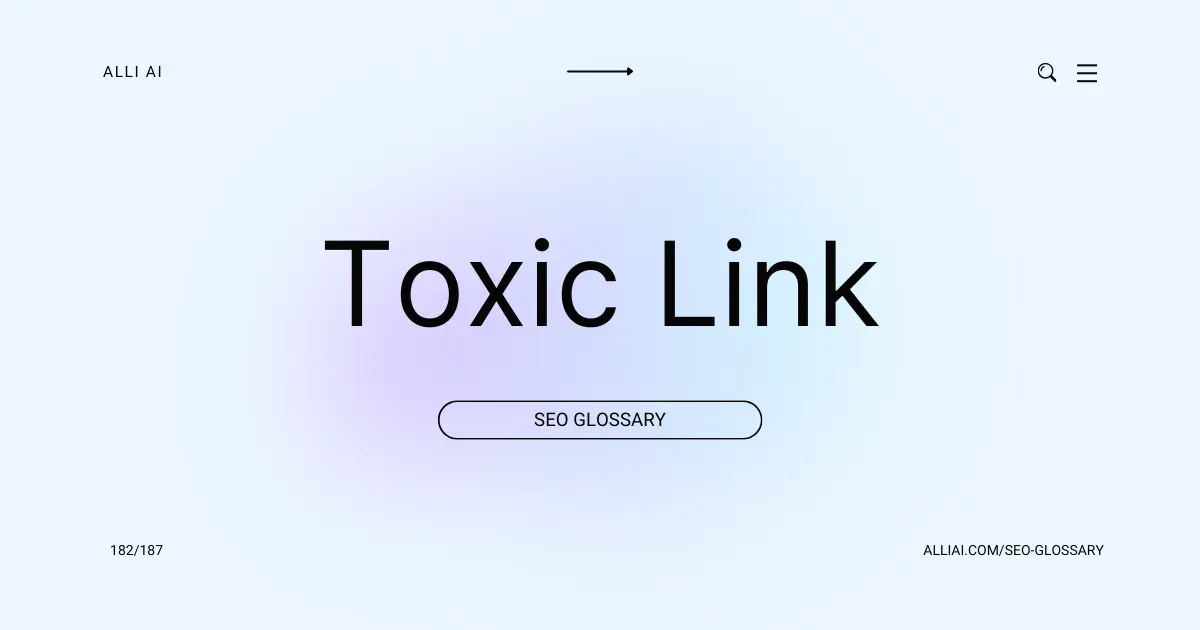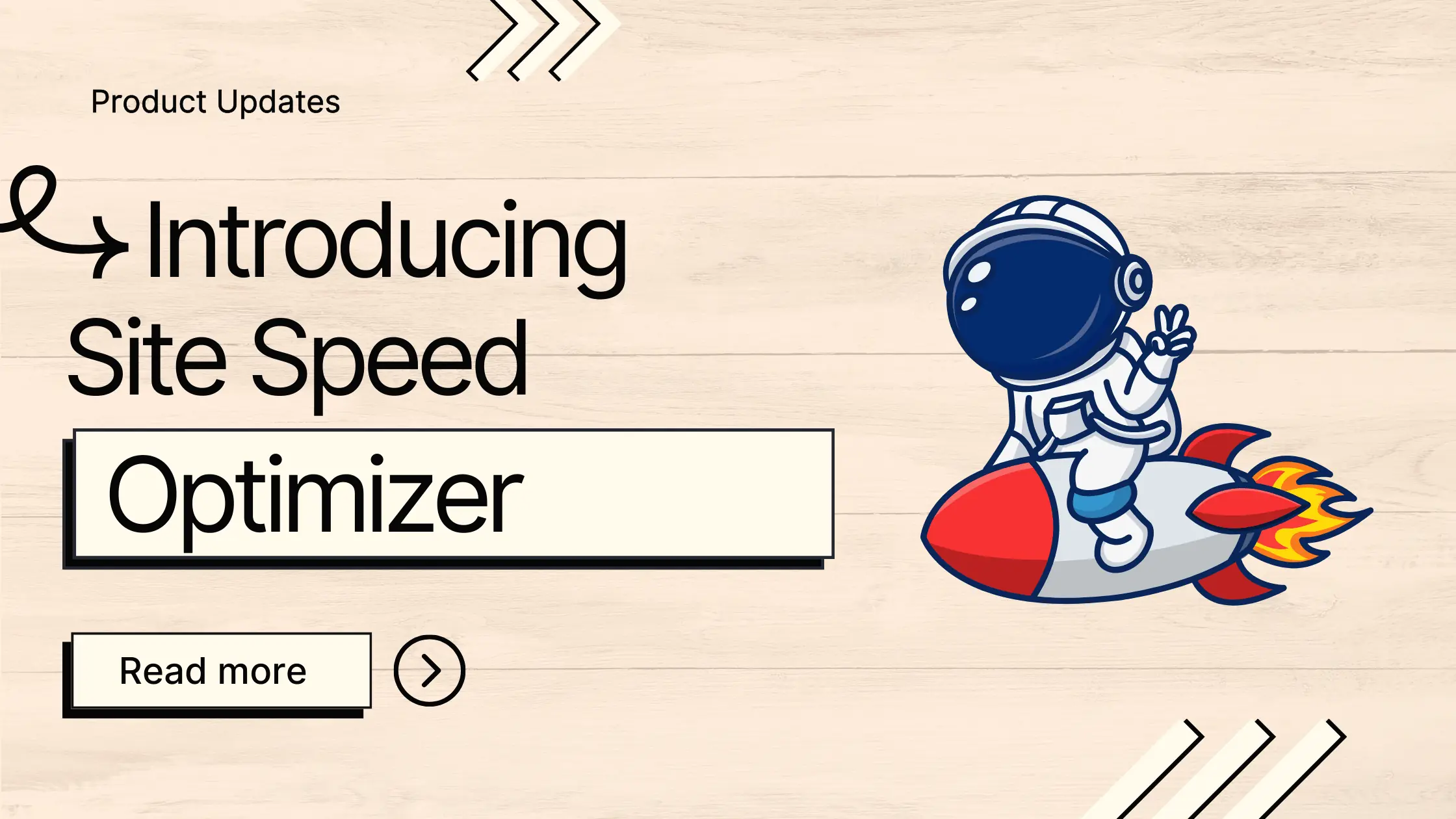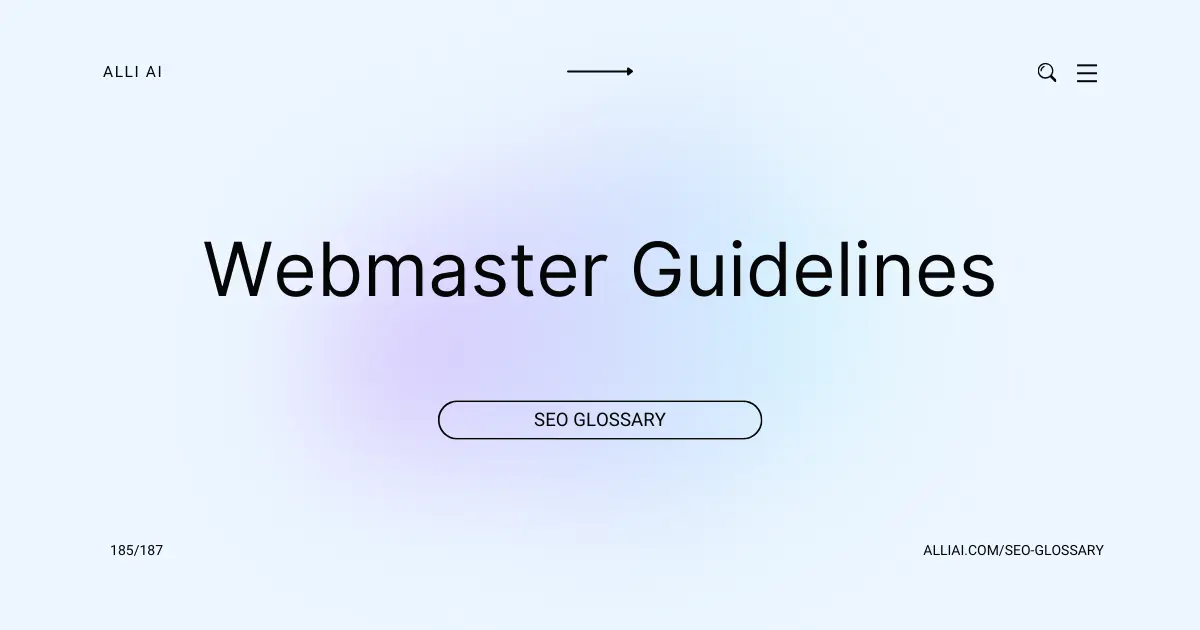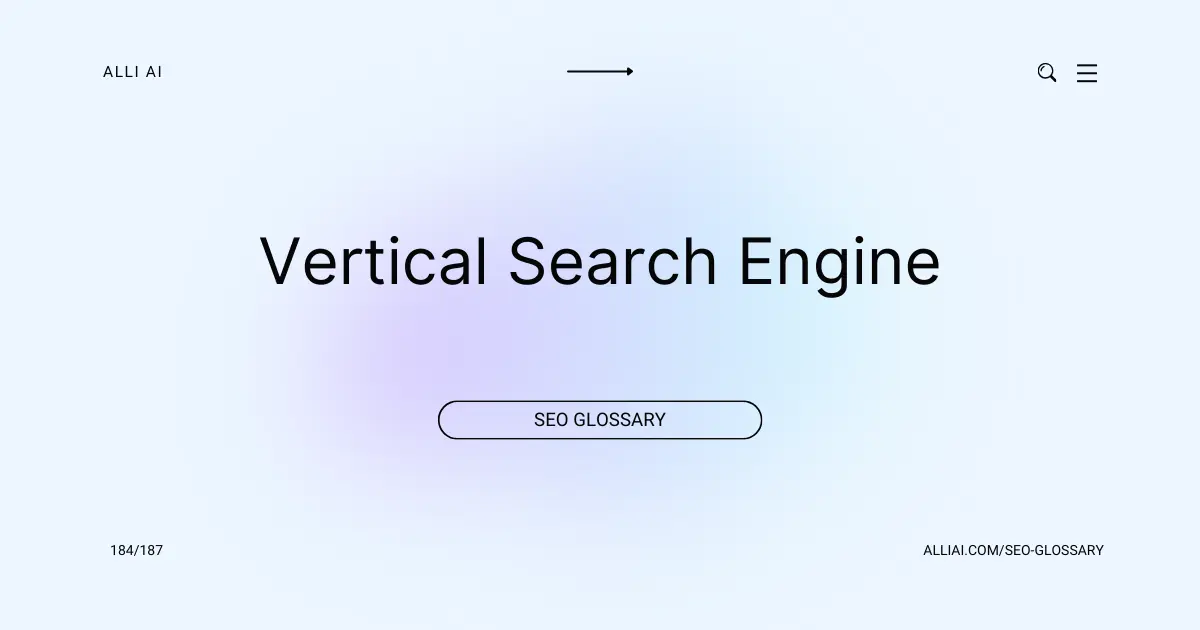What Does RankBrain (Google Algorithm) Mean?
RankBrain is a machine learning component of Google’s core algorithm that helps process search results to provide users with the most relevant responses to their queries. It interprets and learns from user interaction with search results to better understand and predict what results are most useful for various queries, especially for complex or ambiguous searches. Essentially, it’s like a smart assistant that continuously learns to improve how Google understands and responds to different search inquiries.
Where Does RankBrain (Google Algorithm) Fit Into The Broader SEO Landscape?
RankBrain is a component of Google’s core algorithm which uses machine learning to determine the most relevant results to search engine queries. Previously, Google’s algorithm used to rely solely on the basic algorithms to determine SERP rankings. But with RankBrain, Google can interpret the intent behind queries, particularly for new or ambiguous searches.
It fits into the broader SEO landscape as a critical factor determining how content is ranked based on relevance. RankBrain adjusts the importance of backlinks, fresh content, content length, and other ranking factors depending on the query.” This means that SEO strategies must now consider not only traditional optimizations but also focus on improving overall content relevance and quality to meet the search intent better.
RankBrain’s interpretation capabilities mean that keyword stuffing is less effective. Instead, content must be naturally written, focusing on providing answers and value based on user intent. This makes user-focused content and semantic search optimization more important than ever in modern SEO strategies.
Real Life Analogies or Metaphors to Explain RankBrain (Google Algorithm)
Imagine you’re a librarian, not just of books, but of all the knowledge in the world. When someone asks you a question, your job is to find the most relevant and useful information in seconds. This is what Google does all the time. Now, imagine if this librarian had an assistant who could remember which books helped previous visitors the most when they asked similar questions. This assistant doesn’t just know the books but understands the context of the questions and can even pick up on nuances like synonyms or related topics. This assistant is what RankBrain does for Google; it helps the search engine understand queries better and match them with the most relevant content, learning from past searches to improve with every query.
Imagine you’re baking cookies. In the past, you might have strictly followed a recipe book to decide how much of each ingredient to use. However, if you start using a smart kitchen scale that learns from past baking sessions which balances of ingredients got the best reactions from your friends, you’ll begin to trust this scale to adjust your recipes for better results. RankBrain acts like this smart kitchen scale, helping Google adjust its “recipes” (search results) by learning from past searches to produce tastier (more relevant) results in the future.
How the RankBrain (Google Algorithm) Functions or is Implemented?
1. Machine Learning: RankBrain uses machine learning to understand the relationships between words, phrases, and concepts by analyzing historical search data.
2. Query Interpretation: It interprets complex queries, specifically longer or ambiguous queries, and transformations such as stemming, synonyms, or concept matching.
3. Contextual Understanding: It assesses the context of each word in a query to determine the probable intent or meaning, improving search results accuracy.
4. Query Matching: It matches the user’s query to relevant pages even if they don’t contain the exact words used in the query.
5. SERP Adjustment: Based on interaction data (such as click-through rate and time spent on a page), RankBrain adjusts the search engine results pages (SERPs) to better satisfy user intent.
6. Feedback Loop: RankBrain continually refines its understanding and predictions through ongoing machine learning, using real-time feedback from user interactions with search results to learn and evolve.
Impact RankBrain (Google Algorithm) has on SEO
RankBrain utilizes machine learning to interpret search queries and measure how users interact with the results. By understanding the intent behind queries, RankBrain helps adjust search results to better match user intent. This affects SEO as it places importance on relevancy and context rather than keyword density alone.
Websites offering content that aligns closely with user intent are likely to perform better in search rankings. This means that traditional keyword stuffing techniques are less effective, and content quality becomes paramount. RankBrain can also impact rankings by analyzing user satisfaction signals such as click-through rates, dwell time, and bounce rates.
SEO strategies must adapt to focus on answering real user questions, improving content quality, and enhancing user engagement to fare well under RankBrain’s analysis. This shift encourages a better overall user experience, as search results become more accurately aligned with user needs. Additionally, since RankBrain is part of the overall algorithm that determines rankings, its influence can result in noticeable changes in how pages are ranked over time.
SEO Best Practices For RankBrain (Google Algorithm)
1. Focus on User Intent:
– Understand and match your content to the user’s intent behind search queries.
– Adjust your keyword strategy to include long-tail keywords reflecting natural, conversational language.
2. Improve Content Quality:
– Create well-researched, comprehensive content that addresses the needs of your audience.
– Ensure content readability, structuring it with headers, subheaders, and bullet points to enhance user engagement.
3. Optimize for Dwell Time:
– Strive to increase the amount of time a user spends on your site by providing engaging, relevant content.
– Use internal linking to guide users to related content and increase page views per session.
4. Enhance User Experience:
– Improve website navigation to help users find information quickly.
– Ensure your website is mobile-friendly and has fast loading times.
– Design pages with a clear, intuitive layout to reduce bounce rates.
5. Utilize Natural Language:
– Incorporate conversational keywords into your content that mirror how users naturally speak and type.
– Consider the context in which these keywords are used to better align with how RankBrain interprets queries.
6. Increase Click-Through Rate (CTR):
– Optimize title tags and meta descriptions to be compelling and relevant, encouraging more clicks from search engine results pages (SERPs).
– Use structured data to enhance your listings in SERPs with rich snippets.
7. Regularly Update Content:
– Keep information current and relevant by updating posts and pages frequently.
– Refresh old content with up-to-date information and resources, which can signal freshness to Google.
8. Analyze and Adapt:
– Monitor how changes affect your SEO performance using tools like Google Analytics and Search Console.
– Regularly tweak and refine your strategy based on data-driven insights.
9. Encourage Engagement:
– Include calls-to-action that prompt user interaction.
– Facilitate comments, reviews, and discussions to foster community and user-generated content.
10. Build Quality Backlinks:
– Acquire backlinks from reputable sites within your industry to boost domain authority.
– Focus on earning links through high-quality content and genuine engagement rather than using artificial tactics.
Follow these steps to optimize your content and website features to align better with Google’s RankBrain algorithm, aiming to improve your overall search engine ranking and visibility.
Common Mistakes To Avoid
1. Over-optimization of Keywords: RankBrain is adept at understanding natural language processing. Keyword stuffing can result in a negative evaluation of content relevance. Focus on creating user-oriented content that naturally incorporates keywords based on user intent and semantic meaning.
2. Neglecting User Experience: RankBrain evaluates user satisfaction with the search results. Poor site navigation, slow loading times, and non-mobile-friendly designs can harm your rankings. Ensure the website is user-friendly, with a responsive design, and has a fast loading speed.
3. Ignoring Search Intent: Since RankBrain focuses on user intent behind queries, misaligning content with the actual intent of search queries can lead to lower rankings. Develop content that comprehensively addresses the queries’ intent, categorized into informational, navigational, and transactional intents.
4. Underestimating the Value of Diverse Content Types: RankBrain appreciates content variety such as videos, images, and infographics that enhance user engagement. Incorporate various content forms that are relevant to the topic and enhance the user experience.
5. Failure to Improve Old Content: Outdated content can drag your site down in search rankings. Regularly update older posts to keep them relevant with current information, which RankBrain values for providing up-to-date information to users.
6. Lack of Quality Backlinks: RankBrain considers backlink quality as an indicator of content credibility and authority. Avoid schemes that generate low-quality backlinks. Focus on earning backlinks through high-quality content and genuine outreach.
7. Inconsistent Content Updates: Sporadic content updates can signal to RankBrain that the website is not a current authority. Maintain a consistent publishing schedule to show ongoing relevancy and engagement with your topic area.
By being mindful of these factors and optimizing content not just for keywords but for overall user experience and satisfaction, websites can improve their standing with RankBrain, leading to better search rankings and visibility.
